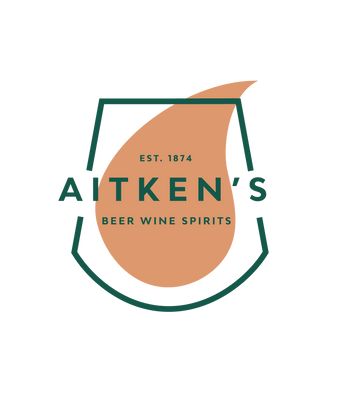| Grape | Tinta Roriz, Tinta Barroca, Touriga Franca, Touriga Nacional, Red Blend, Portuguese Other |
| Style | Dry, Red, Floral, Full Bodied, Red Fruit, Tannic |
| Country | Portugal |
| Region | Douro |
| Volume | 75cl |
| ABV | 13.5% |
| Dietary | Sustainable |
Casa Ferreirinha’s ‘Papa Figos’ Douro Tinto is a ruby red wine with violet nuances. Its bouquet showcases a profusion of aromas, such as ripe strawberries, blackberries, and cherries. Velvety tannins and lively acidity give the wine a smooth mouthfeel and a balanced finish. Enjoy this friendly and fruity Portuguese red.
About the Producer
Casa Ferreirinha was the first Douro producer dedicated entirely to making table wines, rather than Port. Its origins date back to 1952 when Fernando Nicolau de Almeida produced the first ever vintage of Barca-Velha and kickstarted the quality revolution in Douro table wines. Named after the legendary Dona Antónia Ferreira, one of the formidable widows of the world of wine, Casa Ferreirinha pays homage to the memory of this visionary woman. Today, the winemaking team is headed up by Luís Sottomayor, who restrains the Douro’s natural exuberance to produce wines that have a vibrant freshness allied to a lovely texture and depth.
Vineyard and Winery
Papa figos' or 'fig muncher' is the nickname for the golden oriole, a migratory bird that passes through the Douro. The Tinta Roriz, Tinta Barroca, Touriga Franca and Touriga Nacional grapes for this blend are sourced from high altitude vineyards in the Douro Superior region, with around 25% coming from the Quinta da Leda estate in the far eastern reaches of the region, close to the border with Spain. Soils are predominantly schist, which fractures vertically and allows the vine roots to delve deep to access water and nutrients to sustain them through the growing season.
Upon arrival at the winery, the grapes were gently destemmed and crushed. Maceration on the skins and fermentation at controlled temperatures took place in stainless-steel tanks with regular punch downs and pump overs. In order to preserve the bright and juicy fruit flavours of the grapes, there was no use of oak in the winemaking process and the wine remained in a mixture of stainless steel and concrete vats until bottling.
Reviews
Customer Reviews
Net Orders Checkout
| Item | Price | Qty | Total | |
|---|---|---|---|---|
| Subtotal |
£0.00 |
|||
| Shipping | ||||
| Total | ||||


